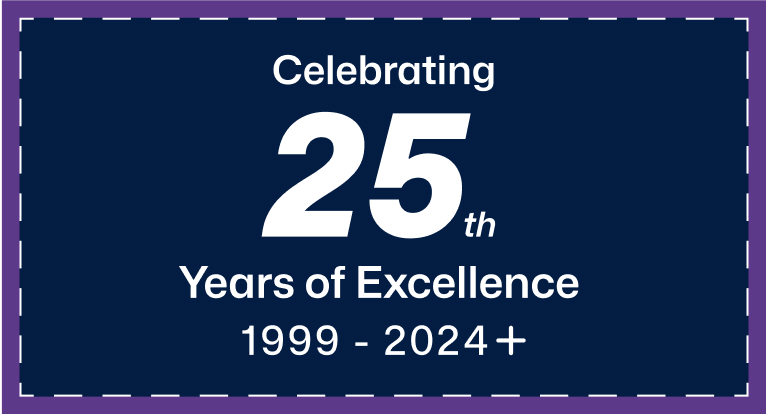NAS Frequently Asked Questions
NAS FAQ and Network Attached Storage Information
- What is Network Attach Storage?
- Why should I consider adding Network Attach Storage (NAS)?
- How does NAS compare to Server Attach Storage?
- How does NAS compare to SAN?
- What would be good uses for a PrimeArray NAS system?
- What is the difference between the NetServ and FlexNAS?
What is Network Attach Storage?
Often referred to as NAS, it is a special purpose server with lots of storage capacity. It connects directly to the network and can be located anywhere. NAS systems are optimized for file storage and data protection.
>> back to topWhy should I consider adding Network Attach Storage (NAS)?
Virtually every workstation and every server is configured with its own storage capacity. As most people find out sooner or later, no amount of storage is too much to fill. . . eventually. When that happens, you have a range of options.For Workstations, delete files or add more or larger drives to the workstations if possible. That is fine for one or two, but would challenging if overload is widespread.
Likewise, when a server fills up, deleting files or offloading to tape are options. So is adding more disk drives to the server. Besides having a maximum limit to what it can hold, your servers are probably required to perform a wide variety of tasks and are geared for managing volatile data.NAS Servers are ideal for storing large amounts of less frequently used data that still needs to be online and accessible. They are economical means to quickly add large amounts of storage capacity that can be accessed by anyone on the network.
>> back to topHow does NAS compare to Server Attach Storage?
Server Attach Storage (SAS) are units containing one or many disk drives. These attach to a network file server. The server controls access to the disks. Generally, the server has to be taken down in order to add SAS. Seeing as servers work with highly volatile data, the drives used in SAS are expensive, high transfer rate drives. The data stored on a server is often used to feed applications running on that server.NAS, on the other hand, is a self-enclosed system containing the ability to connect to the network and manage the disks. It is easily added as needed. Because the data stored on NAS is generally more static, lower priced and slightly slower IDE disk drives can be used. For an end user, they are unlikely to notice the difference in speed between NAS and SAS.
>> back to topWhat is Network Attached Storage, Buy Best Server Solutions, Raid and Devices
How does NAS compare to SAN?
The most compelling reasons for storing your CD images on a CD server vs. copying them to your file server are:Storage Area Networks (SAN) are generally very large storage networks. Basically, a SAN has its own network for transferring data within the SAN. It may be comprised of many individual storage units. A NAS unit can be part of a SAN. SANs generally have many protocols and structures for managing large amounts of data quickly and reliably. NAS units are generally smaller.
>> back to topWhat would be good uses for a PrimeArray NAS system?
In general, whenever someone in your organization has a need to park additional data or files, that's an opportunity for NAS.- NAS systems can provide additional storage for end users.
- They are ideal for central repositories for workgroup or departmental data that must be shared.
- Historical data, archives, old project files, old email records, Sarbannes-Oxley mandated storage are just a few examples of relatively static data.
- IT personnel are often in need of additional space as working space or as a staging server for backup purposes (such as backing up end user workstations).
- Tapeless backup. The cost per TB of PrimeArray NAS storage is so low that it competes with tape on price but is faster and more practical.
What is the difference between the NetServ and FlexNAS?
The NetServ contains all the tools and power found in the FlexNAS. Additionally, it contains the tools to store and manage CD-ROM and DVD-ROM based data.Many customers use CDs or DVDs as part of their backup/recovery scheme. They burn off data onto CD/DVD, then reload an image of the disc back into the system. The original disc is stored in a safe place and users access the data off the NetServ.
>> back to top
- One year parts and labor
- Extended warranty and service plans available
- More information on the PrimeArray warranty
